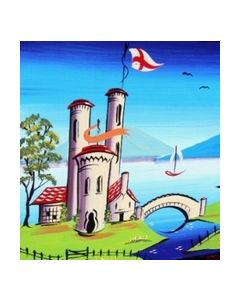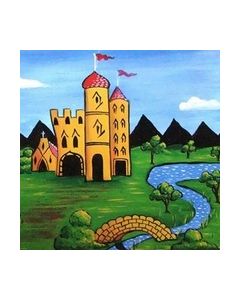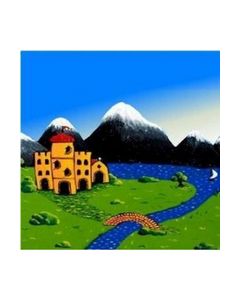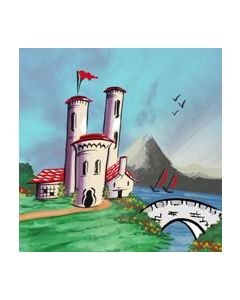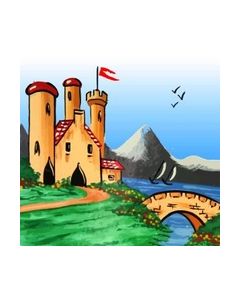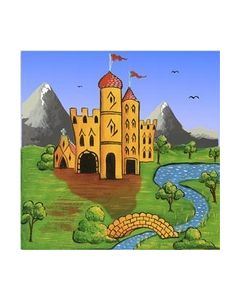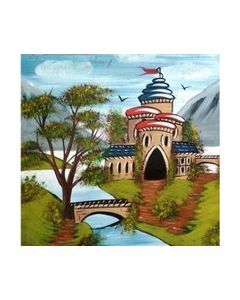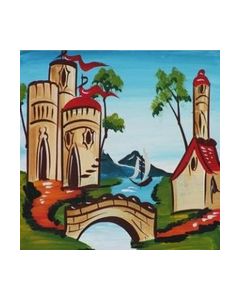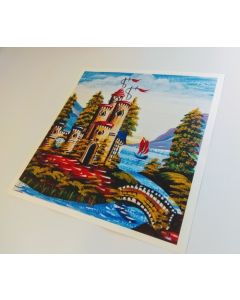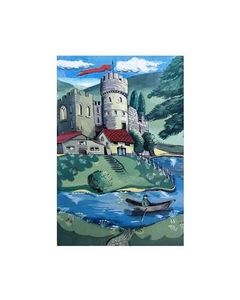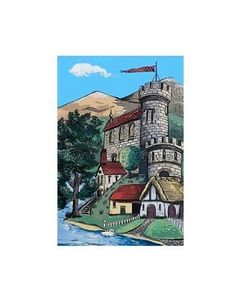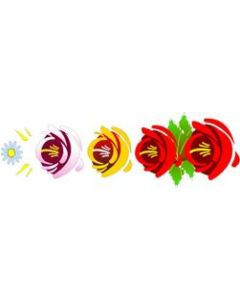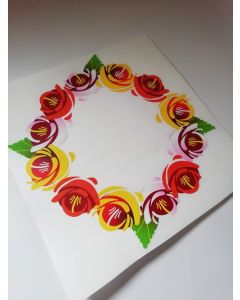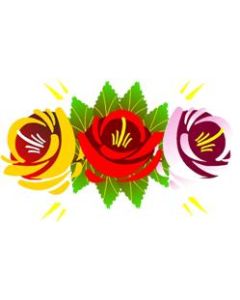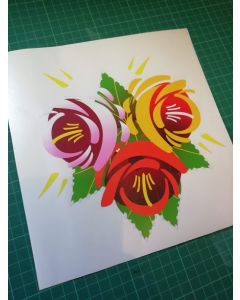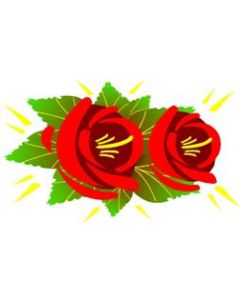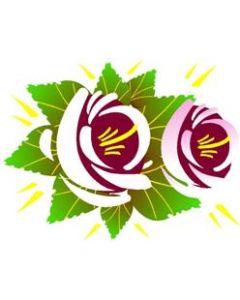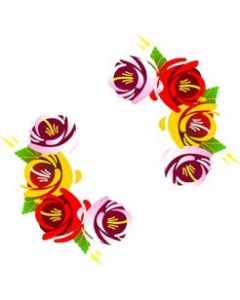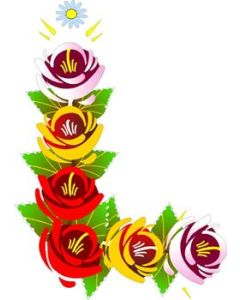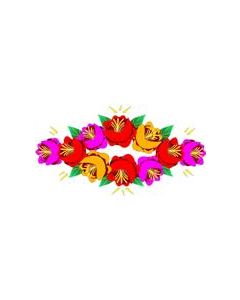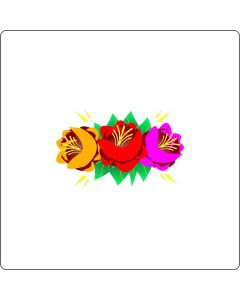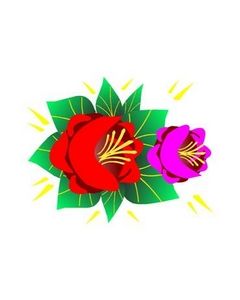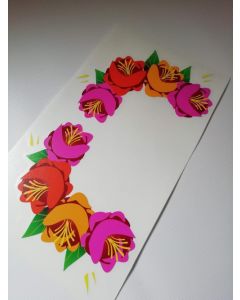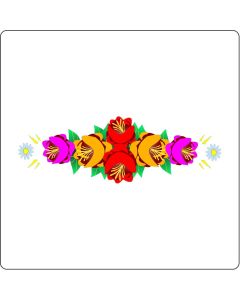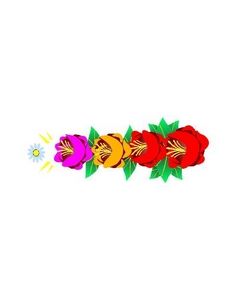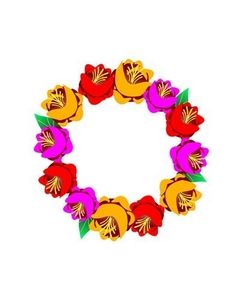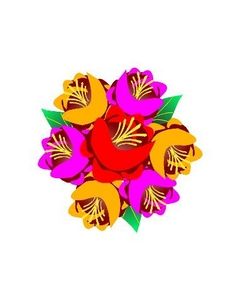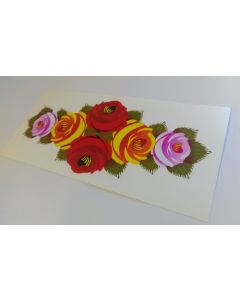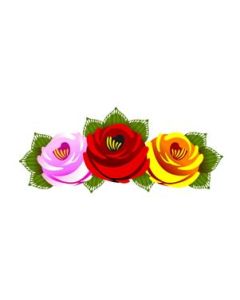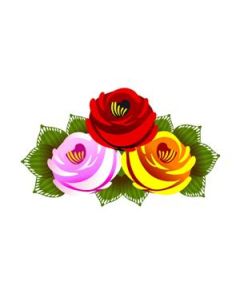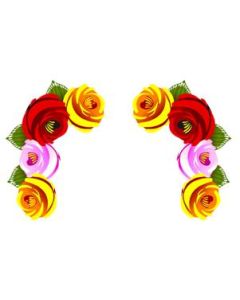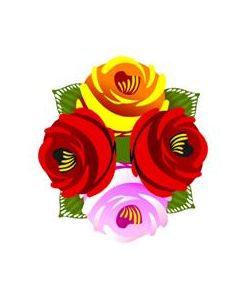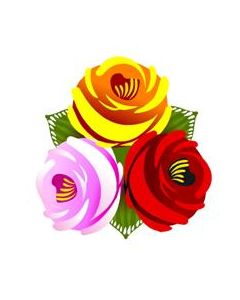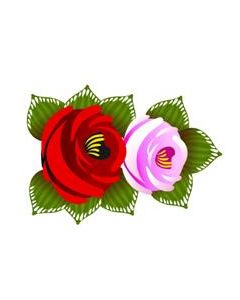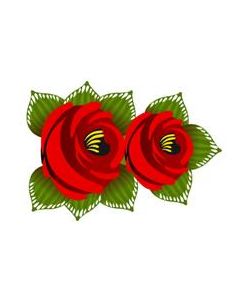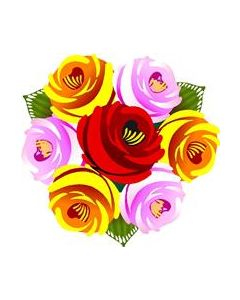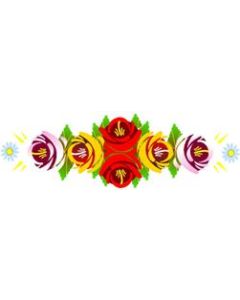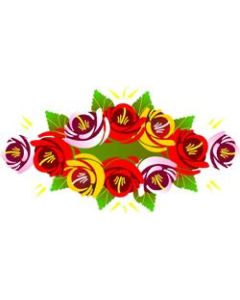- Category
-
- Canal Castles 11
- Canal Roses 33
Roses and Castles
Canalia - Brighten up your narrowboat with one of our Roses and Castles Stickers - in the style of traditionally painted canalware but in an easy to apply self-adhesive vinyl sticker format. Many designs and sizes available, custom made sizes and designs catered for.
Painted decoration on narrowboats
By the latter part of the 19th century, it was common practice to paint roses and castles on both narrowboats themselves and their fixtures and fittings. Common sites include the doors to the cabin, the water can or barrel and the side of the boat along with ornate lettering giving the boat's name and owner. However, this was not done in all regions, the Chesterfield Canal being one waterway where the narrowboats never bore such decorations.
In the eighteenth century, the similar Dutch Hindeloopen paintwork would only have been a sailing barge journey away from the Thames. There is also an article in the Midland Daily Telegraph of 22 July 1914 that credits the practice of painting of water cans, at least, to a Mr Arthur Atkins. The date of the events make the claim possible, but would require the Household Words article to be reporting on the very start of a phenomenon, rather than – as its tone suggests – something that had existed for some time. Until further evidence comes to light, it is impossible to support or deny the claim that Arthur Atkins was responsible for the start of the practice and thus the origin of the paintings remains uncertain.The origin of the roses and castles found on canal boats is unclear. The first written reference to them appears to be in an 1858 edition of the magazine Household Words in one of a series of articles titled "On the Canal", but while this shows that the art form must have existed by this date it doesn't provide us with an origin. For some time, a popular suggestion was that it had some form of Romani origin, however, there does not appear to be a significant link between the Romani and boating communities. Other suggestions include the transfer of styles from the clock-making industry (in particular the decoration on the face), the japanning industry or the pottery industry. There is certainly a similarity in style and a geographical overlap, but no solid proof of a link. There are similar styles of folk art in Scandinavia, Germany, Turkey and Bangladesh.
While the practice declined as commercial use of the canals dwindled, it has seen something of a revival in recent times with the emergence of leisure boating. Narrowboat decoration with roses and castle themes are a reasonably common sight on today's canals.
Above article Text Credit Courtesy of http://en.wikipedia.org/wiki/Narrowboat under the license http://www.gnu.org/copyleft/fdl.html
With today's modern technology, it is now increasingly common to use computer generated vinyl graphics, such as ours. When applied to cabin and hatch doors, they look authentic, and at a fraction of the price of their painted counterparts. To give your vinyl roses and castles that 'painted' feel, simply varnish over them (we have tested with Ronseal which works fine - oil based). As well as giving a more authentic painted look, it will protect your prints for years to come.


